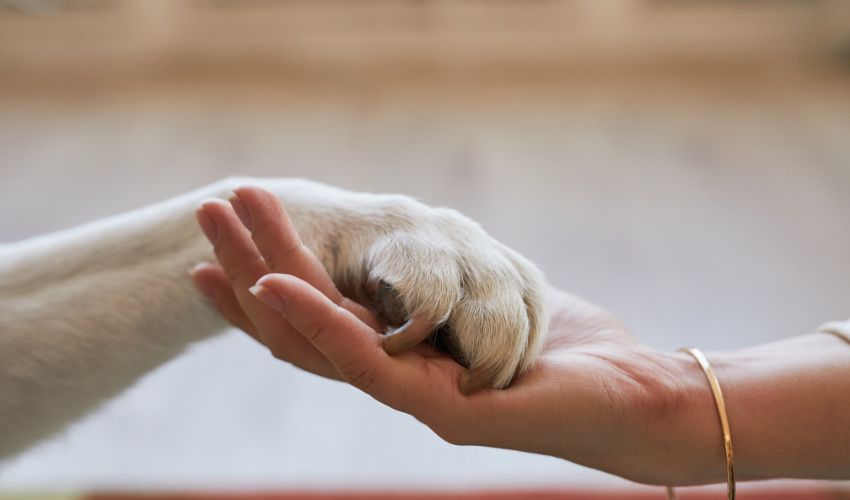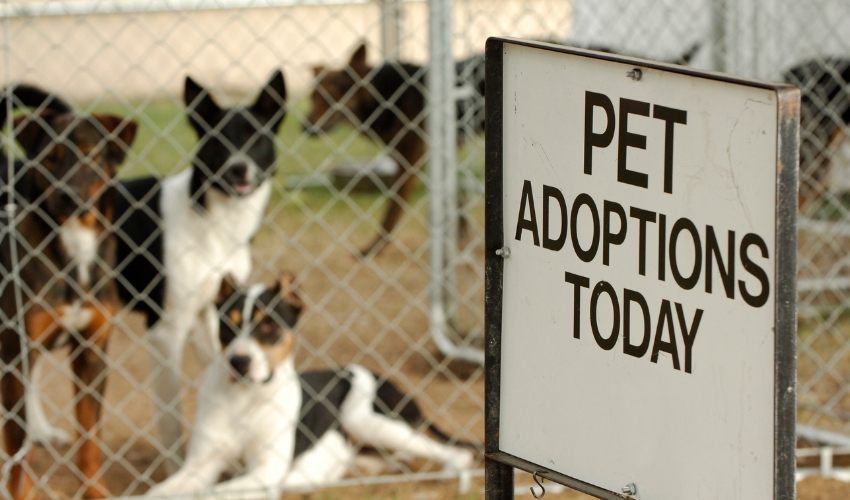September isn’t just the start of fall—it’s also Pet Sitter Education Month, a perfect time to recognize the vital role that both pet sitters and animal rescue volunteers play in keeping pets safe, happy, and cared for. While these two groups often work in separate spaces, there’s incredible potential when they team up for stronger animal welfare.
In this blog, we’ll explore why collaboration between pet sitters and volunteers matters, how training can benefit both, and what it means for the animals we all love.
Why Pet Sitters and Rescue Volunteers Are Natural Allies
At first glance, pet sitters and rescue volunteers might seem to have different missions. Pet sitters focus on keeping pets safe and cared for while their families are away, while volunteers dedicate their time to helping shelter and rescue animals.
But here’s the overlap: both groups provide comfort, enrichment, and lifesaving support to animals. When they work together, pet sitters can bring professional care knowledge into shelters, while volunteers can offer community-driven passion and extra hands for in-home pet care support.

The Power of Shared Training
Training is where the magic happens. Many pet sitters receive education in animal first aid, behavioral observation, and stress reduction—skills that are equally valuable in shelters and foster homes.
On the other side, rescue volunteers gain experience with pets from all walks of life, including those with trauma or special needs—knowledge that can elevate a pet sitter’s ability to care for animals with complex backgrounds.
By sharing this expertise, both groups build stronger, more informed communities that put animal welfare first.
How Collaboration Benefits the Animals
When pet sitters and volunteers unite, animals thrive:
-
Better Emergency Preparedness – Shared training means pets are safer in unexpected situations.
-
Reduced Stress – Consistent, compassionate handling lowers anxiety for both shelter pets and family pets.
-
Smoother Foster Transitions – Volunteers can lean on pet sitters for advice on routine care, while sitters gain insights on managing rescues and fosters.
-
Community Awareness – Pet sitters often have direct access to pet parents and can help spread the word about adoption, fostering, and rescue programs.
It’s not just about filling gaps—it’s about creating a web of support that ensures no animal is left behind.

Why Now Is the Time to Get Involved
Animal shelters continue to face overwhelming intakes, while families rely more than ever on trusted care for their pets. The collaboration between pet sitters and rescue volunteers can relieve some of that pressure, offering both short-term relief and long-term solutions.
If you’ve ever thought about volunteering your time for animals, September is the perfect month to take that step. Whether you’re already a pet sitter looking to expand your impact, or a passionate animal lover wanting to learn more, your skills are needed.
Take the Next Step with Doobert
At Doobert, we make it easy to connect with shelters and rescues that need your help. By signing up as a volunteer, you can:
-
Assist in animal transport and foster programs
-
Bring your pet care knowledge to rescue organizations
-
Join a community of animal lovers dedicated to making a difference
👉 Ready to team up for stronger animal welfare? Sign up today as a volunteer at Doobert.com and become part of the change animals deserve.











